What is the best substitute for Chartreuse?
Are you looking for Chartreuse substitutes? If you don’t have Chartreuse available and are looking for Chartreuse substitutes for your recipes, here are some options for you to consider. Try using: Benedictine, Genepy, Sambuca, Jagermeister, Absinthe, Drambuie, and Grand Marnier.
Remember that while these alternatives might provide similar herbal and aromatic qualities, they won’t be exact Chartreuse substitutes. As Chartreuse is made up of a unique blend of over 130 different herbs, plants, and flowers it is quite difficult to replicate. It’s always a good idea to experiment and adjust quantities to achieve the desired flavor profile in your cocktails or recipes. So whether you are looking for a yellow chartreuse substitute, a green chartreuse substitute, or even a non-alchohol alternative, hopefully you will have some fun with our list of Chartreuse substitutes.
What is Chartreuse?
Chartreuse is a type of herbal liqueur that is famous for its complex and unique flavor profile. It has been produced by the Carthusian monks at the Monastery of the Grande Chartreuse in Voiron, France for many years. In fact the recipe is such a closely guarded secret that it is only known by a handful of monks – and it has been kept a secret since the 18th Century!
Chartreuse comes in two main varieties: Green Chartreuse and Yellow Chartreuse.
- Green Chartreuse: Is the more well-known and potent version of Chartreuse. Made from a secret blend of over 130 different herbs, plants, and botanicals it is a vibrant green liqueur with a strong herbal and slightly spicy flavor. Green Chartreuse is known for its high alcohol content and complex taste, often described as both sweet and bitter with a range of herbal notes.
- Yellow Chartreuse: This version is slightly milder and sweeter than the green variety. Made by using a similar blend of botanicals but with a different recipe and aging process. Yellow Chartreuse has a softer, more honeyed flavor profile with a lighter color.
Chartreuse is commonly consumed on its own, normally after a meal to help aid digestion. Nowadays, it is also used as a key ingredient in cocktails. It’s known for adding a distinctive herbal and aromatic dimension to drinks, making it a sought-after ingredient in the world of mixology. Because of its unique production process and secret recipe, Chartreuse is often considered one of the most intriguing and iconic spirits in the liqueur world.
Okay, before we look at your Chartreuse substitutes options, let’s deal with that empty cupboard situation!
Where can I buy Chartreuse?
If you want to be more prepared and ensure you don’t run out of Chartreuse then you should stock up now. Nowadays most liquor stores stock Chartreuse, but it can be expensive.
With some current restrictions on the purchase of alcohol we have provided a link for a non-alchohol syrup. Just mix with spirits of your choice to recreate delicious cocktails and long drinks.
So why not jump on and place your order today.
STOCK UP NOW!
Handcrafted syrup made with bitters, orange, cherry and sugar. Mix with alcohol of your choice to create tasty cocktails and long drinks.
What can I substitute for Chartreuse?
Here are some of the best ingredients to use as Chartreuse substitutes?
- Benedictine
- Génépy
- Drambuie
- Sambuca
- Absinthe
- Grand Marnier
- Jagermeister
Chartreuse substitutes
Benedictine
Benedictine and Chartreuse are both herbal liqueurs with distinct flavors, so while you can substitute one for the other in some cocktails, it’s important to note that the end flavor might not be the same. Here are some general guidelines for using Benedictine as a substitute for Chartreuse:
- Chartreuse comes in both green and yellow varieties, with green being more intense and herbal, and yellow being slightly milder and sweeter. Benedictine is also a sweet herbal liqueur but tends to be a bit less intense in terms of herbal flavors. Depending on which type of Chartreuse you’re substituting for, choose the most suitable Benedictine variety.
- Since Chartreuse has a stronger herbal flavor, you might need to use a bit more Benedictine to achieve a similar level of flavor impact. Start with a 1:1 substitution, and then taste the cocktail. You can adjust the ratio according to your preferences.
- Benedictine has its own unique flavor profile, including notes of honey, spices, and herbs. As a result, the final cocktail might taste a bit different when using Benedictine. Experiment with small batches to find the right balance and adjust the other ingredients if needed.
- Some cocktails might work better than others when substituting Benedictine for Chartreuse. For instance, cocktails that have other strong flavors might help balance out any differences. Classic cocktails like the Last Word or the Bijou that call for Chartreuse can potentially be adapted using Benedictine.
- Consider the garnishes and complementary ingredients in the original cocktail. Benedictine’s sweeter and spicier notes might pair well with certain garnishes or mixers, enhancing the overall flavor profile.
Remember, experimentation is key when substituting ingredients in cocktails. While Benedictine can work as a substitute for Chartreuse in some cases, the final result might be a unique twist on the original drink. If you’re unsure about the substitution, it’s a good idea to try a small batch first to see if you like the flavor combination.
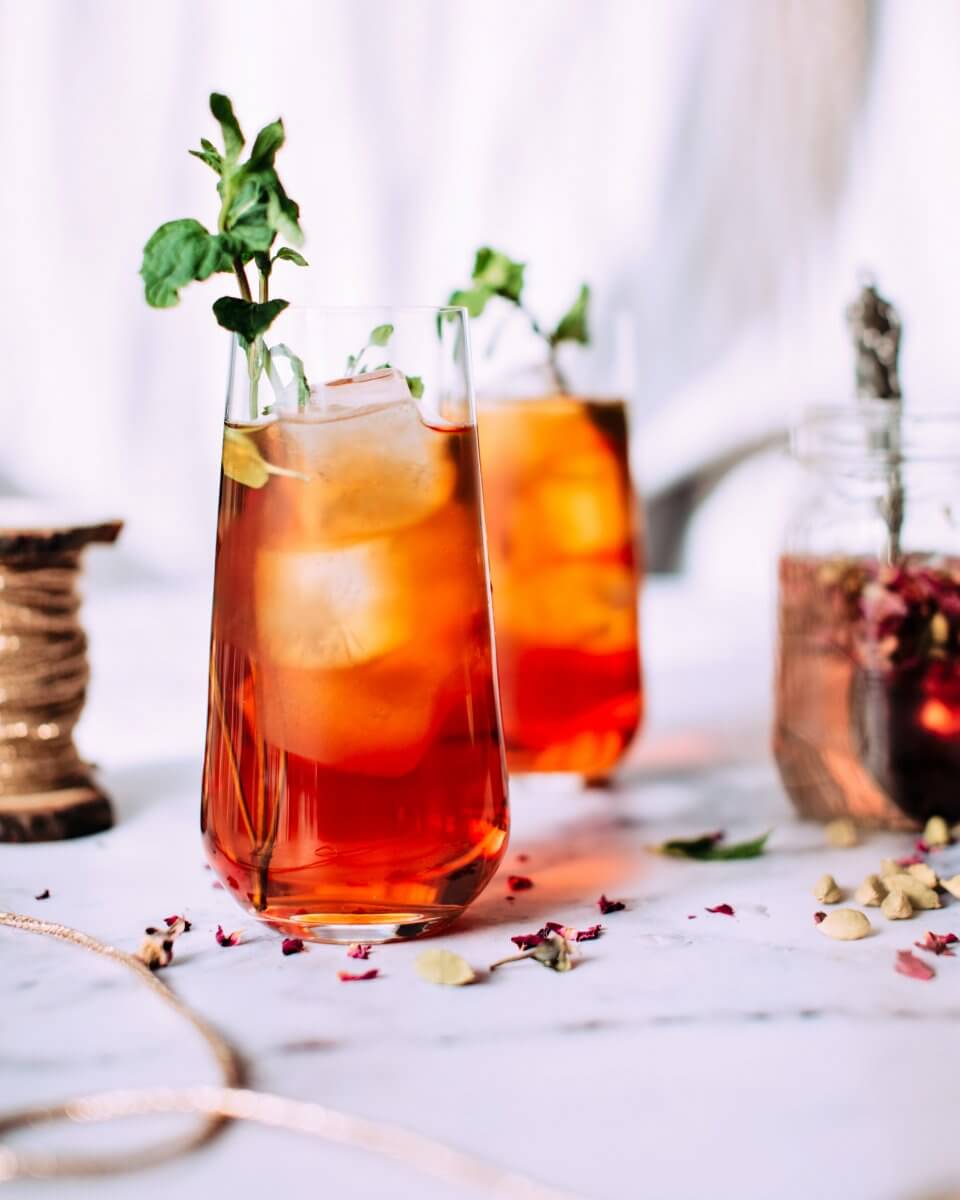
Génépy
Génépy (also spelled as “Genepy” or “Genepi”) is a type of herbal liqueur or spirit that originates from the Alpine regions of France, Italy, and Switzerland. It is traditionally made using a variety of local Alpine herbs, including wormwood, artemisia, and various botanicals that grow at high altitudes.
Génépy is often drunk after a meal to aid in digestion. It has a distinctive herbal flavor with notes that can range from floral to bitter, depending on the specific recipe and production methods used by different distilleries.
There are two main types of Génépy:
- Génépi Liqueur: This is a sweeter and more approachable version of Génépy. It’s made by macerating Alpine herbs in a neutral alcohol and sweetening the mixture with sugar. Génépi liqueur tends to have a slightly syrupy consistency and a less intense herbal profile compared to the traditional Génépy.
- Génépy des Alpes: This is the traditional, drier, and more bitter style of Génépy. It’s typically made by distilling a mixture of Alpine botanicals, which results in a higher alcohol content and a more concentrated herbal flavor. Génépy des Alpes can be enjoyed neat, on the rocks, or used in cocktails.
Génépy is sometimes used in cocktails as a unique herbal ingredient, similar to how other herbal liqueurs like Chartreuse are used. It can add depth and complexity to cocktails with its Alpine botanical character.
Overall, Génépy is a product deeply tied to the Alpine regions and their traditional herbal remedies and spirits. It’s a lesser-known herbal liqueur compared to some others but has gained popularity among those seeking distinctive and regional flavors in their drinks.
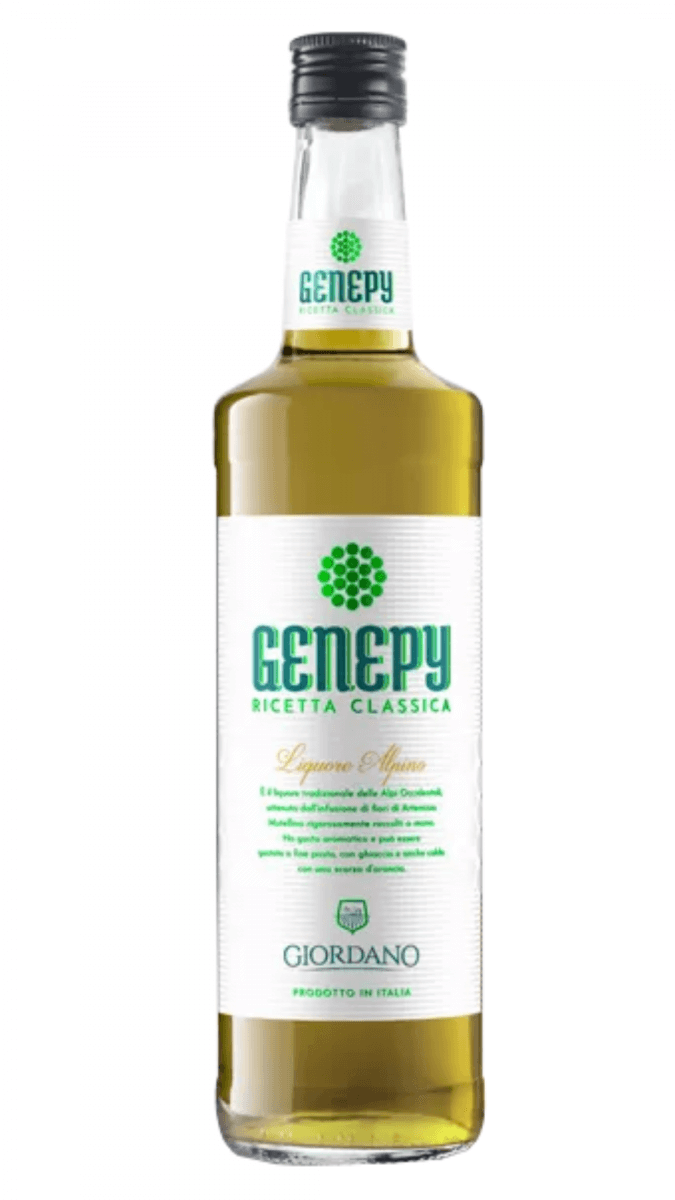
Drambuie
Drambuie and Chartreuse are both distinct liqueurs with unique flavor profiles, so using Drambuie as a substitute for Chartreuse will result in a different taste, but it can still work in certain cocktails. Here are some guidelines on how to use Drambuie as a substitute for Chartreuse:
- Drambuie, is a Scotch whisky-based liqueur with a dominant honey and herbal character, along with some spices. While Drambuie is sweeter and more honey-forward, it can bring a similar depth to cocktails that Chartreuse does.
- Since Drambuie is sweeter and less herbal than Chartreuse, you might need to adjust the quantities in your cocktail recipe. Start with a smaller amount of Drambuie than the Chartreuse called for in the recipe and gradually increase it until you achieve the desired flavor balance.
- Depending on the cocktail, Drambuie could provide a unique and enjoyable twist. The honey and herbal notes in Drambuie can complement certain cocktails, adding warmth and sweetness. However, it might not work as a direct 1:1 substitute in cocktails that rely heavily on Chartreuse’s distinct herbal character.
- Look for cocktails where the honey and herbal flavors of Drambuie can harmonize with the other ingredients. Classics like the Last Word or the Bijou that call for Chartreuse could potentially be adapted using Drambuie, but be prepared for a different taste profile.
Remember that while using Drambuie as a substitute for Chartreuse may not result in an identical flavor, it can create a unique and interesting twist on classic cocktails. The key is to be open to experimentation and willing to adjust the ratios to achieve a balanced and enjoyable drink.
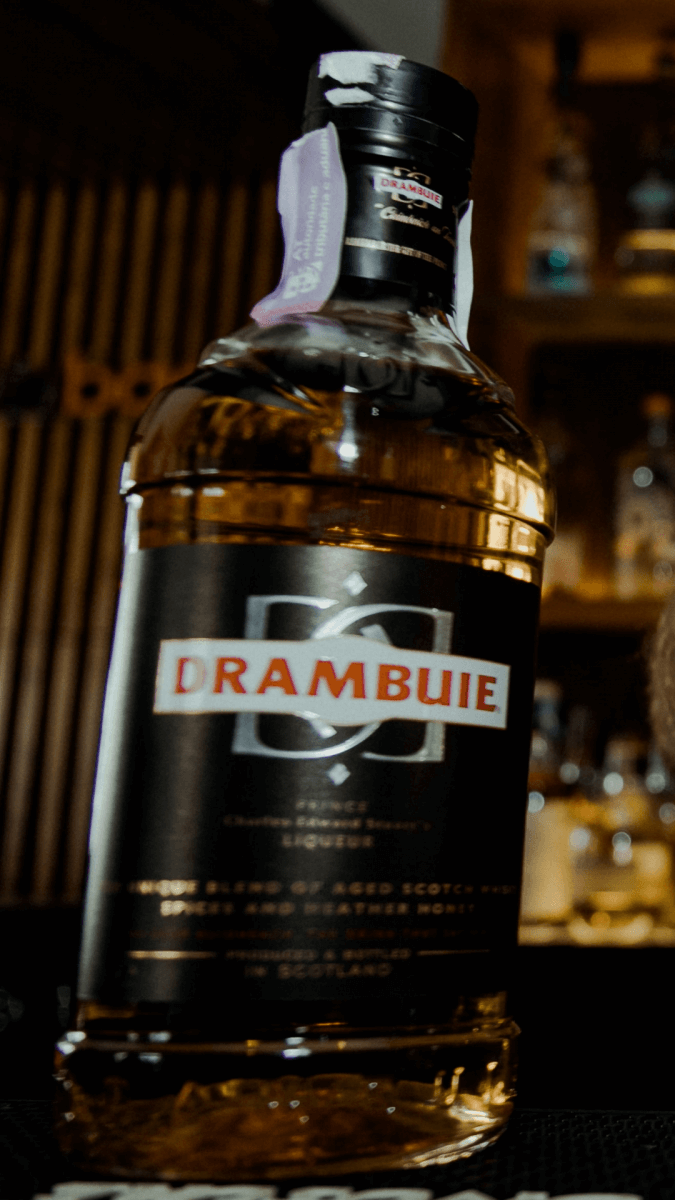
Sambuca
Sambuca and Chartreuse are quite different in terms of flavor profiles, with Sambuca being an anise-flavored liqueur and Chartreuse being an herbal liqueur. Using Sambuca as a substitute for Chartreuse will result in a significant flavor difference, so keep that in mind. Here are some guidelines on how to use Sambuca as a substitute for Chartreuse:
- Sambuca is known for its strong anise (licorice) flavor, sweetness, and sometimes herbal undertones. Chartreuse, on the other hand, is characterized by its complex blend of herbal and botanical flavors. Be prepared for a significant departure from the original recipe’s taste when substituting Sambuca.
- Since Sambuca has a strong anise flavor, use a much smaller quantity than the Chartreuse called for in the recipe. Anise flavors can easily overpower other ingredients. Therefore you should start with a very small amount of Sambuca and taste as you go.
- The choice of cocktails that can be adapted with Sambuca will be limited due to the anise-dominated flavor. Cocktails that have complementary flavors, such as citrus or other herbs, might be more amenable to this substitution.
- Given the distinct flavor of Sambuca, you’ll need to experiment to find cocktails where the anise notes enhance rather than overpower the other ingredients.
- Consider how the strong anise flavor of Sambuca will interact with the garnishes and mixers in the cocktail. Citrus or herbal garnishes might help balance the flavors.
- Instead of trying to directly substitute Sambuca for Chartreuse in existing recipes, consider creating new cocktails that play to the strengths of Sambuca’s unique flavor. Mixing it with ingredients that can complement its anise character might lead to some interesting and enjoyable concoctions.
Remember that using Sambuca as a substitute for Chartreuse will yield a different taste experience. It’s important to be open to experimentation and flexible in your approach. While not all cocktails will be suitable for this substitution, you might discover some creative combinations that surprise and delight your palate.
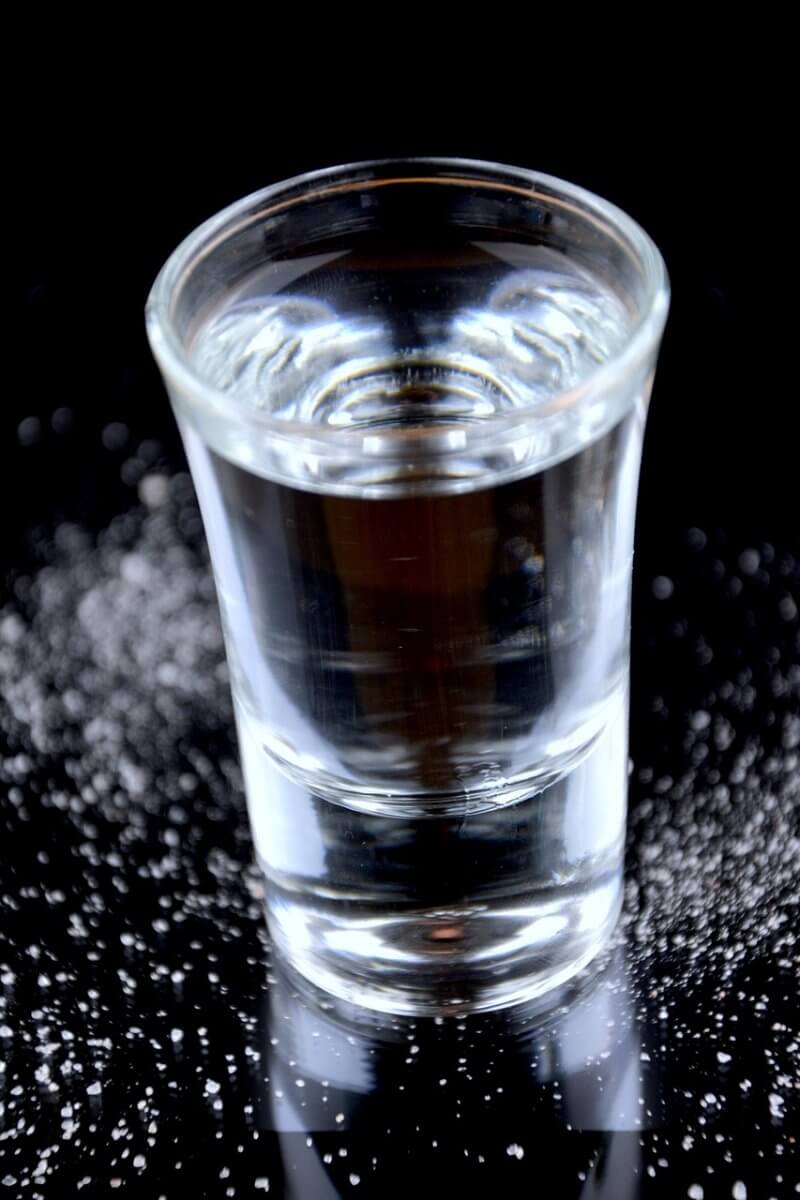
Absinthe
Using absinthe as a substitute for Chartreuse can be a creative twist in certain cocktails. However, it’s important to note that absinthe has a distinct anise-forward flavor profile. Here are some guidelines on how to use absinthe as a substitute for Chartreuse:
- Absinthe is a highly aromatic and anise-flavored spirit. Its dominant flavor is licorice-like, with herbal and sometimes bitter undertones. Chartreuse, on the other hand, has a complex blend of herbal, floral, and spicy notes. Be prepared for a significant flavor departure when substituting absinthe.
- Absinthe can be quite potent in flavor, so use a smaller quantity than the Chartreuse called for in the recipe. Start with a very small amount of absinthe and increase it gradually until you achieve the desired flavor balance.
- Cocktails that have strong and bold flavors might be more amenable to the substitution of absinthe for Chartreuse. Cocktails that already contain anise-flavored spirits or liqueurs could also be good candidates for this substitution.
- Given the strong anise character of absinthe, you’ll need to experiment to find cocktails where the flavor works best. Consider cocktails that have other bold flavors that can stand up to the potency of absinthe.
- Anise-flavored spirits like absinthe can sometimes be overpowering, so consider using garnishes or mixers that can help balance out the anise notes. Citrus, herbs, or sweet elements can potentially complement the absinthe’s flavor.
- One creative way to use absinthe in cocktails is by using it as a rinse or mist. This involves coating the inside of the glass with a small amount of absinthe before pouring in the main cocktail ingredients. This imparts the aroma and a hint of the absinthe flavor without overpowering the drink.
Remember that absinthe is a strong spirit, so using it as a substitute for Chartreuse will change the character of the cocktail. Be open to experimentation, start with small amounts, and adjust the quantities based on your taste preferences.
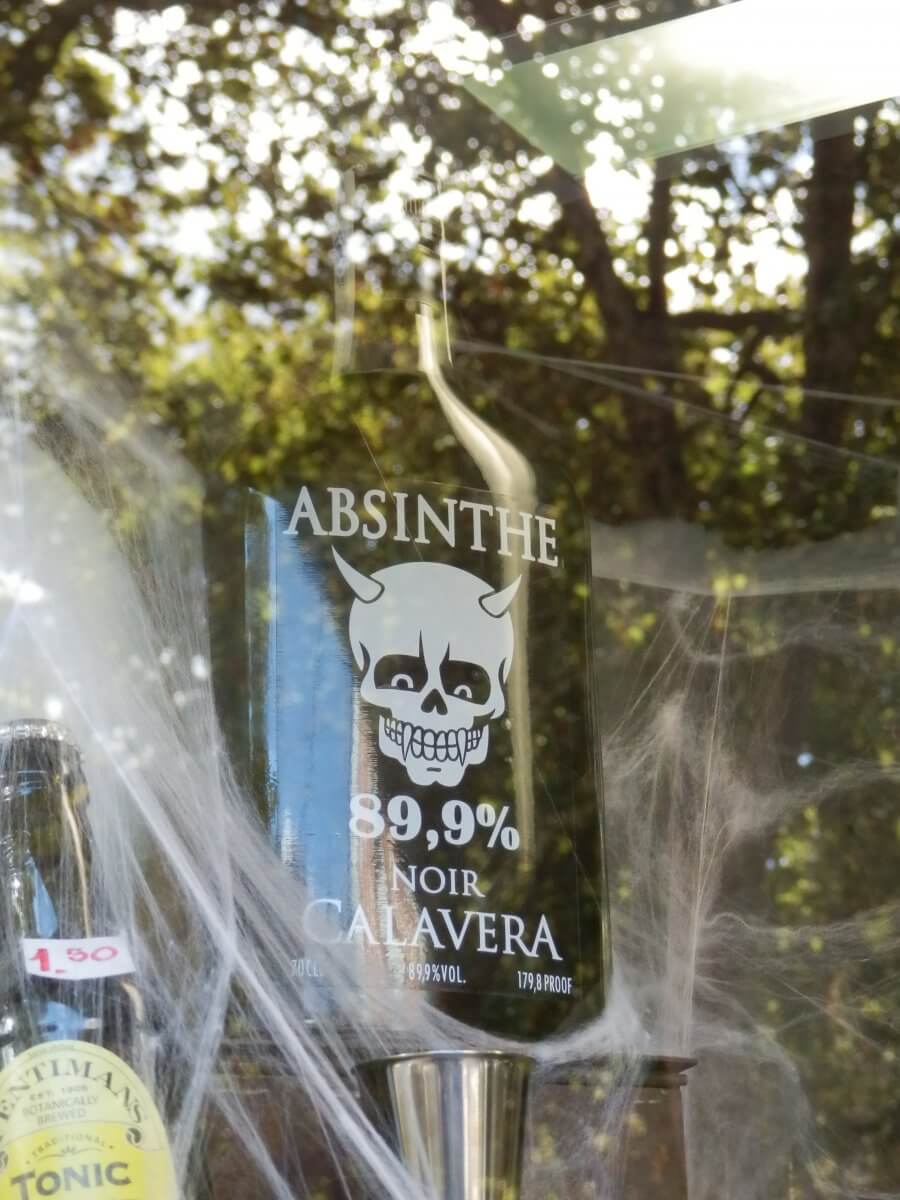
Grand Marnier
Grand Marnier is an orange-flavored liqueur with cognac, while Chartreuse is an herbal liqueur with a complex blend of botanicals. While using Grand Marnier for Chartreuse substitutes remember that it might not provide the same herbal notes. However, you can still create interesting cocktails with a different twist. Here’s how:
- Grand Marnier brings sweet orange flavors with a hint of cognac warmth. Chartreuse has herbal, floral, and spicy notes. When substituting Grand Marnier for Chartreuse, the result will be sweeter and more citrus-focused, lacking the herbal complexity of Chartreuse.
- Due to the sweetness of Grand Marnier, you might need to adjust the quantities in your cocktail recipe. Start with a smaller amount than the Chartreuse called for and gradually adjust to achieve the desired balance.
- Choose cocktails where the citrus and cognac notes of Grand Marnier can complement the other ingredients. Classic cocktails that have other strong flavors, like whiskey or citrus, might be more amenable to this substitution.
- Since Grand Marnier and Chartreuse have such distinct flavors, you’ll need to experiment to find cocktails where the substitution works well. Consider cocktails that use other citrus-based liqueurs or spirits.
- Think about how the orange and cognac flavors of Grand Marnier will interact with the garnishes and mixers in the cocktail. Citrus garnishes and mixers could enhance the citrus notes.
- If a cocktail calls for Chartreuse to be used as a layer in the drink, you can experiment by using Grand Marnier as a layered component instead. This can add a sweet and citrusy layer to the cocktail.
Remember that the substitution of Grand Marnier for Chartreuse will result in a different flavor profile. Be open to trying new combinations and adjust the quantities as needed to achieve a balanced and enjoyable cocktail.
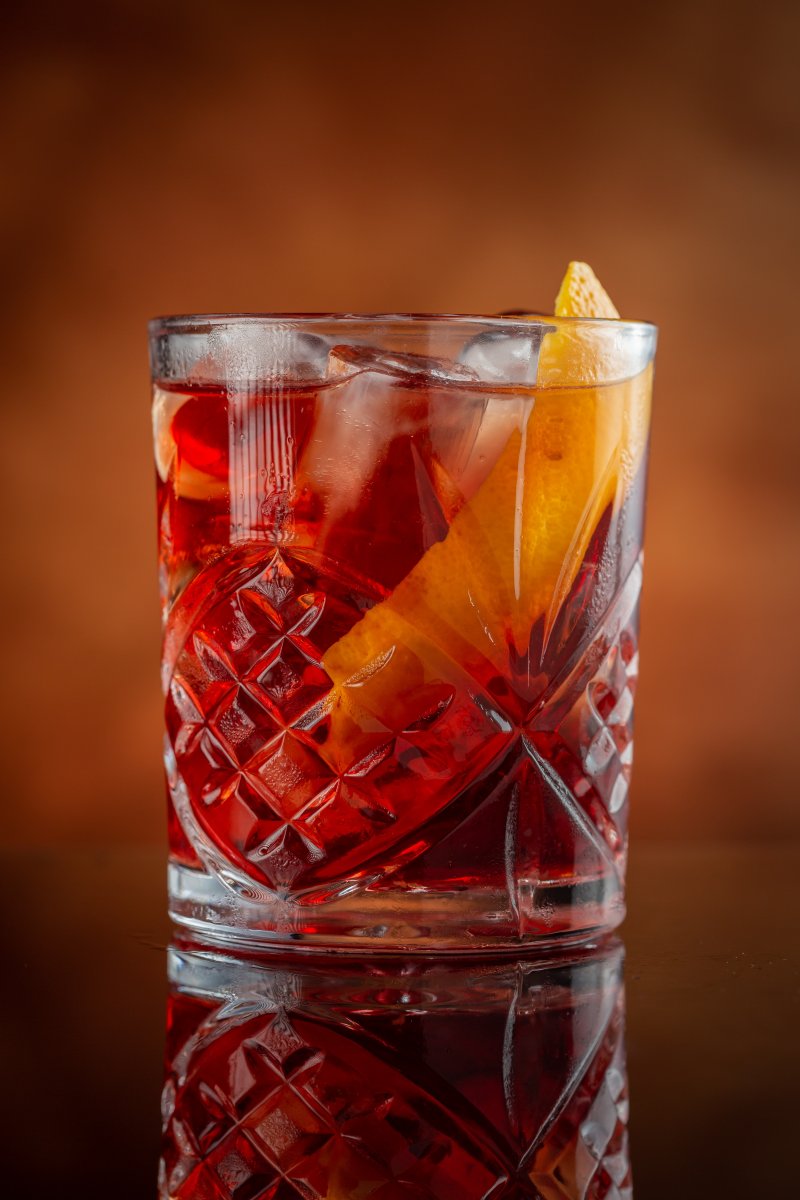
Jagermeister
Jägermeister and Chartreuse are two distinct liqueurs with different flavor profiles, ingredients, and characteristics. While they both fall into the category of herbal liqueurs, they have unique qualities that might not make them perfect substitutes for each other. However, if you’re looking to use Jägermeister as a substitute for Chartreuse in a cocktail or recipe, here are some considerations:
- Chartreuse comes in two main varieties – Green Chartreuse and Yellow Chartreuse. Green Chartreuse has a stronger, herbal, and slightly spicy flavor, while Yellow Chartreuse is sweeter and milder. Jägermeister, on the other hand, has a complex flavor profile that includes spices, herbs, and citrus, with a stronger emphasis on the bitter side.
- If you’re using Chartreuse for its color as well as its flavor, note that Green Chartreuse has a vibrant green color, while Yellow Chartreuse is, as the name suggests, yellow. Jägermeister has a dark brown color.
- Ultimately, the best way to determine if Jägermeister can be a suitable substitute for Chartreuse in your specific cocktail or recipe is through experimentation. Keep in mind that the flavor balance and overall character of the drink may change, so be prepared for a different taste experience.
Substitution Considerations
- For cocktails requiring Green Chartreuse: If a recipe calls for Green Chartreuse, Jägermeister might not be an ideal substitute due to the significant differences in flavor profiles and colors. However, you could experiment with using less Jägermeister than the amount of Green Chartreuse called for in the recipe. This might work better in cocktails that can tolerate the darker color and bolder flavor.
- For cocktails requiring Yellow Chartreuse: Jägermeister could potentially be used as a substitute for Yellow Chartreuse, especially if the cocktail doesn’t heavily rely on the specific sweetness and delicate herbal notes of Yellow Chartreuse. Again, consider using less Jägermeister than the amount of Yellow Chartreuse called for in the recipe.
Remember that while Jägermeister can be an interesting alternative in some cases, it won’t provide an exact replication of the flavor and characteristics of Chartreuse. If you’re seeking to achieve a specific Chartreuse flavor, it might be worth trying to source the real thing or exploring other herbal liqueurs with similar profiles.
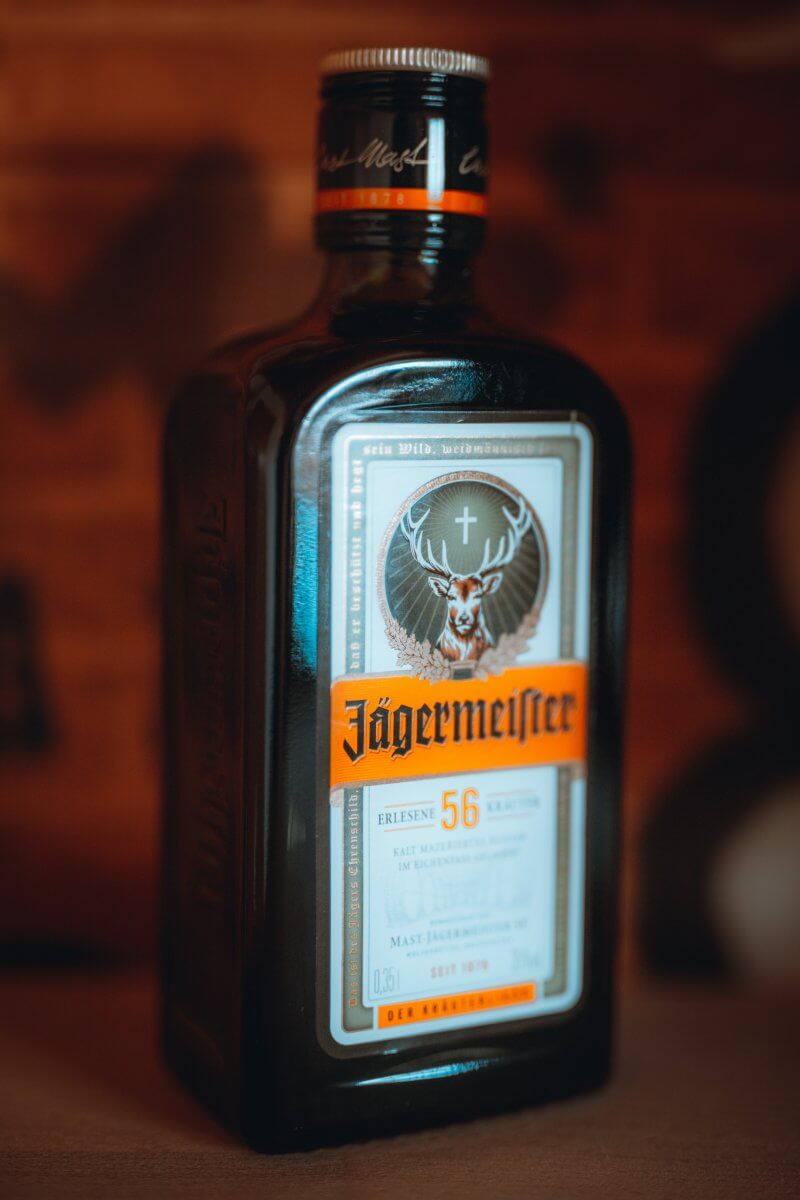
Non-alcohol option
Chartreuse is a unique herbal liqueur with a complex flavor profile that includes a combination of herbs, spices, and botanicals. Finding a perfect non-alcoholic Chartreuse substitutes can be challenging due to its distinct characteristics. However, if you’re looking for a non-alcoholic alternative that can provide some herbal complexity and flavor, you might consider creating an infusion or using herbal syrups. Here are a couple of options:
- Herbal Infusion: Create your own herbal infusion by steeping a blend of dried herbs, spices, and botanicals in water. While this won’t replicate Chartreuse exactly, it can provide a similar herbal complexity. Some herbs and spices to consider include mint, anise, fennel, clove, cinnamon, and cardamom. Experiment with different combinations until you achieve a flavor profile you like. You can adjust the strength by varying the steeping time and the amount of herbs used.
- Herbal Syrups: Herbal syrups can add complexity and flavor to your drinks. Create a simple syrup by dissolving equal parts of sugar and water together. Then infuse it with a mix of dried herbs and spices. Strain the syrup to remove the solids, and you’ll be left with a flavorful herbal syrup. Use in cocktails or non-alcoholic beverages.
- Commercial Herbal Syrups: There are some commercially available herbal syrups that might offer a similar flavor experience to Chartreuse. Look for products that feature a blend of herbs and spices. While these syrups might not be an exact match, they can still add depth and complexity to your drinks.
Remember that while these alternatives can provide herbal flavor, they won’t replicate the unique taste of Chartreuse exactly. Additionally, the sweetness and texture of a syrup might differ from the viscosity of a liqueur. Feel free to experiment and adjust the quantities to achieve a taste that you enjoy.
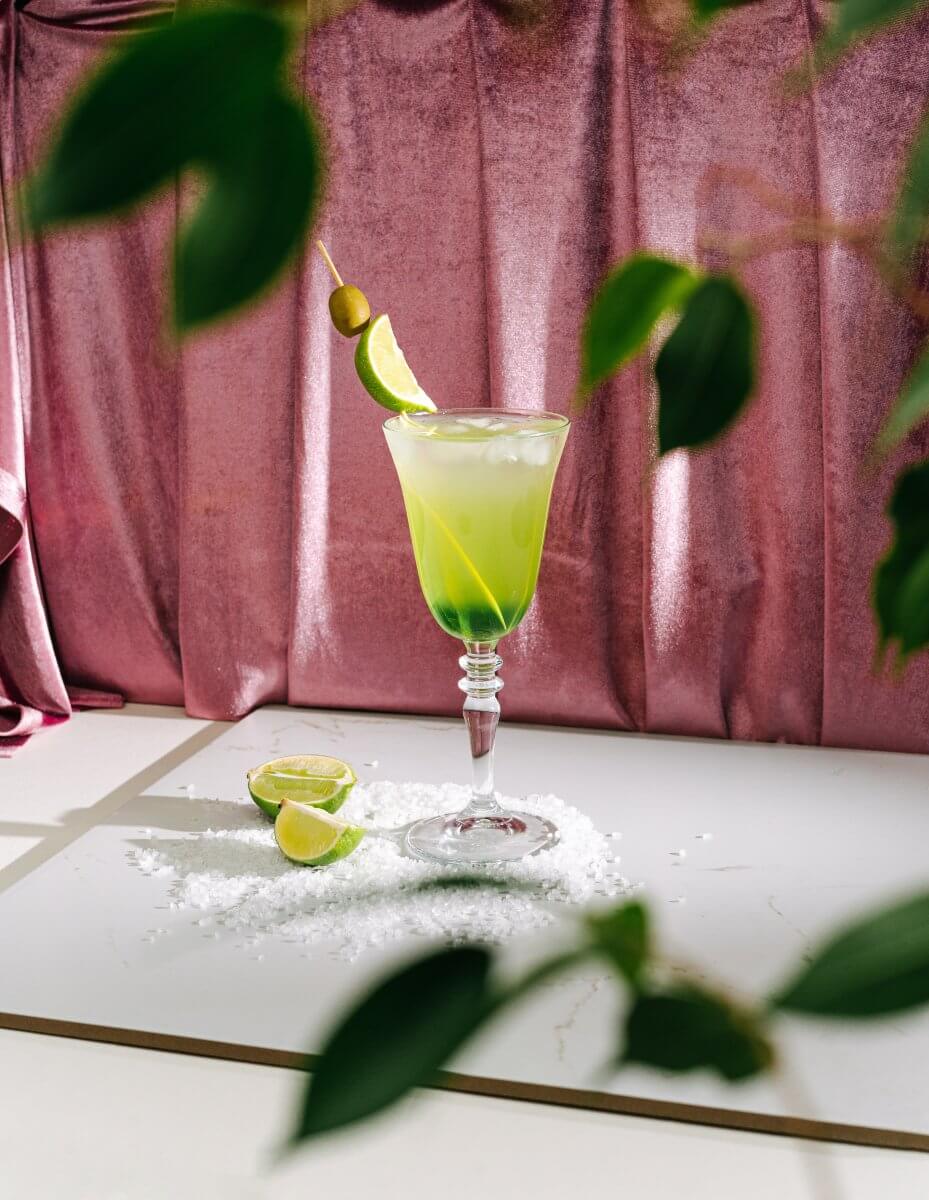
Summary for Chartreuse substitutes
Okay – that’s you all sorted with suitable substitutes for Chartreuse.
We hope some of the Chartreuse substitutes we have mentioned will pique your interest. While the beverages listed above are not identical to Chartreuse, they could all potentially be used as a substitute for Chartreuse in certain cocktails or recipes. However, it’s important to be aware that the overall flavor and balance of the drink may be altered. The best approach is to experiment and adjust quantities until you achieve a taste that you enjoy.
And remember to “Please drink responsibly”.
We have gathered together a lot more facts on ingredients such as herbs, spices, oils, nuts, etc. if you would like to learn some more.

